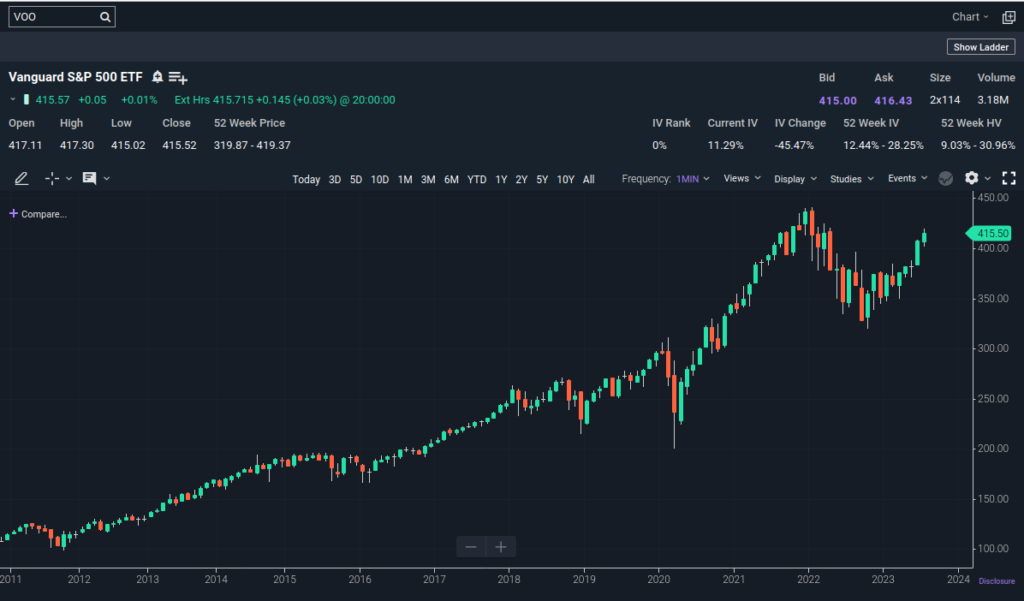Long distance real estate investing refers to the practice of purchasing and managing properties in locations distant from an investor’s primary residence. This type of investment has gained significant popularity in recent years due to advancements in technology and the increasing demand for real estate diversification. However, along with the potential for high returns, it comes with its own set of challenges that investors must address to ensure success.
Mitigating Risks in Long Distance Real Estate Investing
Benefits and Challenges of Long Distance Real Estate Investing
Advantages of Investing in Distant Properties
Investing in real estate in different geographical areas opens up a world of opportunities for investors. Some of the benefits include access to potentially more profitable markets, a chance to diversify their portfolio, and the ability to leverage different economic cycles.

Common Challenges Faced by Long Distance Investors
Long distance real estate investors encounter various challenges, including difficulties in managing properties from afar, relying on others for property inspections, and being less familiar with local real estate laws and market dynamics. Mitigating these challenges is essential for achieving success.
Research and Due Diligence
Before investing in a long distance property, thorough research is crucial. Investors should gather data on the target market, analyze trends, and assess potential risks.
Conducting Market Research
Understanding the target market’s economic conditions, population growth, employment rates, and rental demand will help investors make informed decisions.
Evaluating Local Real Estate Market Conditions
Studying the supply and demand dynamics, property price trends, and rental yields in the area will enable investors to identify viable investment opportunities.
Building a Reliable Real Estate Team
Having a competent team on the ground is paramount to the success of long distance real estate investing.
Finding Local Real Estate Agents
Experienced local real estate agents can provide valuable insights, assist in property selection, and handle negotiations on behalf of the investor.
Hiring Property Management Services
Engaging a reputable property management company will ensure that day-to-day operations, tenant issues, and property maintenance are taken care of efficiently.
Choosing the Right Properties for Long Distance Investments
Not all properties are suitable for long distance investing. Investors need to identify properties with potential for growth and profitability.
Identifying High-Potential Properties
Factors such as location, growth potential, neighborhood amenities, and future development plans should be considered when evaluating properties.
Factors to Consider When Selecting Properties
Investors should assess the condition of the property, potential renovation or improvement needs, and the stability of the local rental market.
Financing and Budgeting
Securing financing and creating a comprehensive budget are essential steps in long distance real estate investing.
Exploring Financing Options
Investors should explore various financing options, such as traditional mortgages, private lenders, or real estate crowdfunding platforms.
Creating a Comprehensive Budget
A detailed budget should include the property purchase price, closing costs, property management fees, insurance, and a contingency fund for unforeseen expenses.
Risk Mitigation Strategies
Mitigating risks is crucial for preserving capital and achieving consistent returns in long distance real estate investments.
Diversification of Investments
Spreading investments across different locations and property types can help reduce risk exposure.
Implementing Risk Management Techniques
Understanding risk factors and implementing appropriate strategies, such as insurance coverage and lease agreements, can protect investors from potential losses.
Technology and Remote Management
Leveraging technology is vital for long distance investors to manage their properties effectively.
Utilizing Virtual Tours and Technology
Virtual tours, video conferencing, and property management apps allow investors to view properties remotely and stay connected with their team.
Managing Properties from Afar
With the right technology, investors can oversee rent collection, monitor property performance, and address tenant concerns without being physically present.
Legal and Tax Considerations
Complying with local regulations and understanding tax implications is essential for long distance investors.
Understanding Local Regulations
Investors must familiarize themselves with local laws, zoning restrictions, and landlord-tenant regulations.
Navigating Tax Implications
Tax laws for real estate investments vary by location, and investors should consult with tax professionals to optimize their tax strategy.
Building Relationships with Local Experts
Establishing connections with local investors and experts can provide valuable insights and support.
Networking with Local Investors
Attending real estate events and networking with local investors can lead to potential partnerships and valuable knowledge-sharing opportunities.
Learning from Local Experts
Seeking advice from experienced local investors and professionals can help new investors navigate the challenges of long distance investing.
Monitoring and Evaluating Investments
Regularly monitoring the performance of investments allows investors to make data-driven decisions.
Tracking Performance Metrics
Analyzing key performance indicators, such as occupancy rates, cash flow, and return on investment, helps investors assess the health of their portfolio.
Making Informed Decisions
By staying informed and adapting their strategy based on market conditions, investors can optimize their returns.
Case Studies of Successful Long Distance Investments
Learning from real-life success stories of long distance investors can provide valuable insights and inspiration.
Real-Life Examples of Profitable Ventures
Examining how successful investors overcame challenges and achieved profitability can guide others in their investment journey.
Common Pitfalls to Avoid
Understanding the common mistakes made by others can help investors avoid costly errors.
Learning from Mistakes of Others
By being aware of potential pitfalls, investors can take proactive measures to prevent similar issues in their own investments.
Conclusion
Long distance real estate investing offers immense opportunities for diversification and potentially high returns. However, success in this field requires meticulous research, strategic planning, and the establishment of a reliable support system. By implementing risk mitigation strategies, leveraging technology, and building relationships with local experts, investors can overcome challenges and achieve success in their long distance real estate endeavors.
FAQs
- Is long distance real estate investing suitable for beginners? Long distance investing can be challenging for beginners, but with proper research and support, it can be a viable option for expanding one’s investment portfolio.
- How can I minimize the risks associated with long distance investing? Diversifying your investments, conducting thorough due diligence, and leveraging technology for remote management are effective ways to mitigate risks.
- Are there specific regions known for favorable long distance investments? Yes, certain regions with robust real estate markets and strong economic indicators are often preferred by long distance investors.
- Can I manage long distance properties without a property management company? While it is possible, having a reliable property management company can significantly ease the burden of managing properties from afar.
- What role does technology play in long distance real estate investing? Technology enables investors to virtually inspect properties, manage operations, and communicate with team members, making long distance investing more accessible and efficient.




